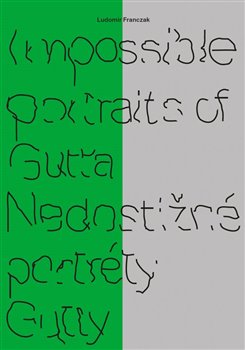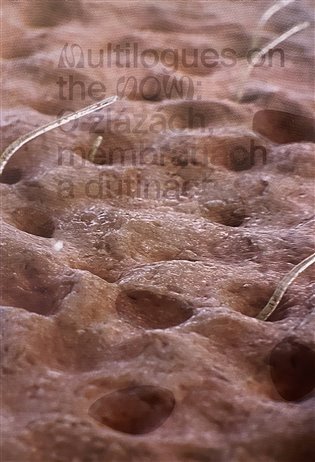
Impossible portraits of Gutta / Nedostižné portréty Gutty
Roku 1892 do Prahy přicestovala skupina takzvany´ch
dahomejsky´ch Amazonek, které měly na Střeleckém ostrově lokálnímu
publiku předvádět způsoby života v africké vesnici. Součástí
skupiny byla i mladá žena jménem Gutta. Ta po pár ty´dnech zemřela
a z jejího pohřbu na Olšansky´ch hřbitovech…
In 1892, a group of so-called "Dahomey Amazons” came to Prague to
demonstrate the ways of African everyday village life to a local
audience on Střelecky´ Island. A young woman called Gutta was part
of the group. She died a few weeks later and her burial at the
Olšany Cemetery became an international "media sensation.” Two
years after the funeral, Gutta's remains were exhumed and placed in
the university collection, which later became the Hrdlička Museum
of Man in Prague. Her remains are still on display here today. In
his essay ‘Impossible Portraits of Gutta,' Polish artist Ludomir
Franczak searches for the forgotten story of the Yoruba woman and
asks how to refer to the Central European colonial past and the
violence perpetrated against its so-called Others. How to ethically
represent those who were exhibited in the "ethnographic shows” of
the era without merely re-capitalizing on their image in a
different context? Through artistic research, Franczak tries to
find creative strategies to responsibly share the stories of those
neglected by the dominant view of European history.

















